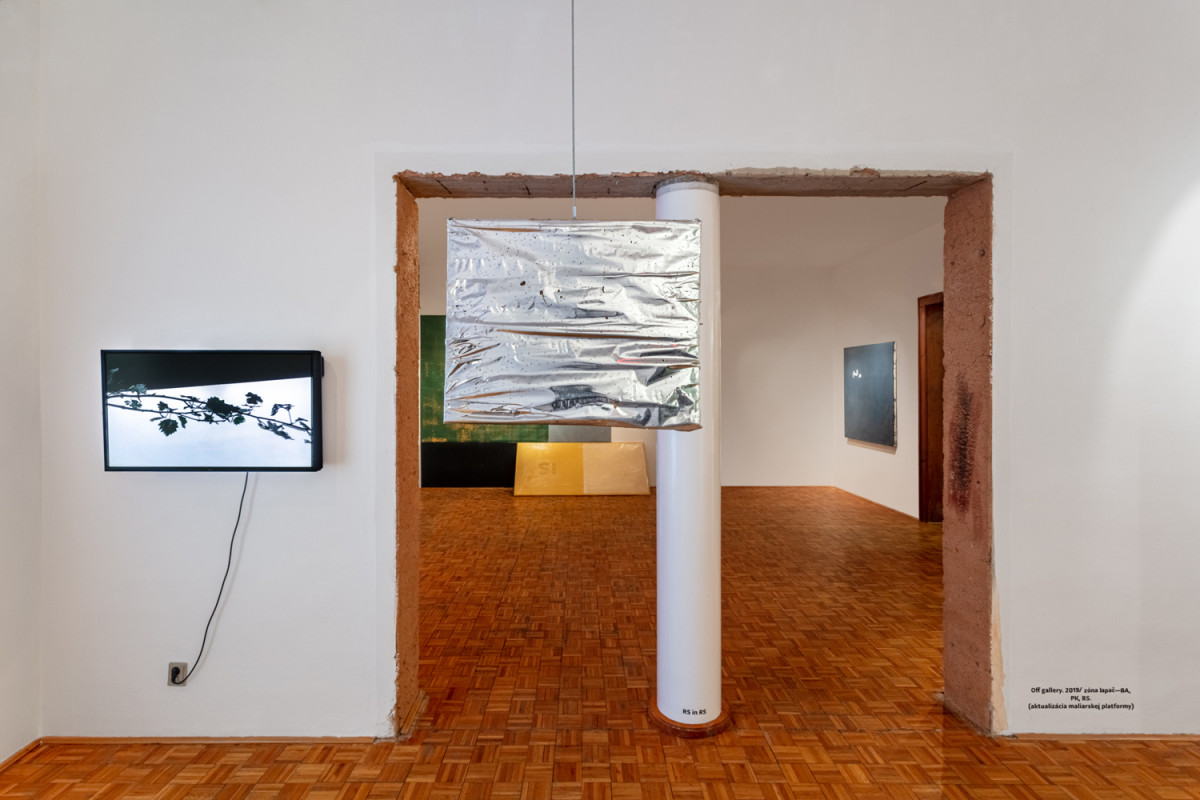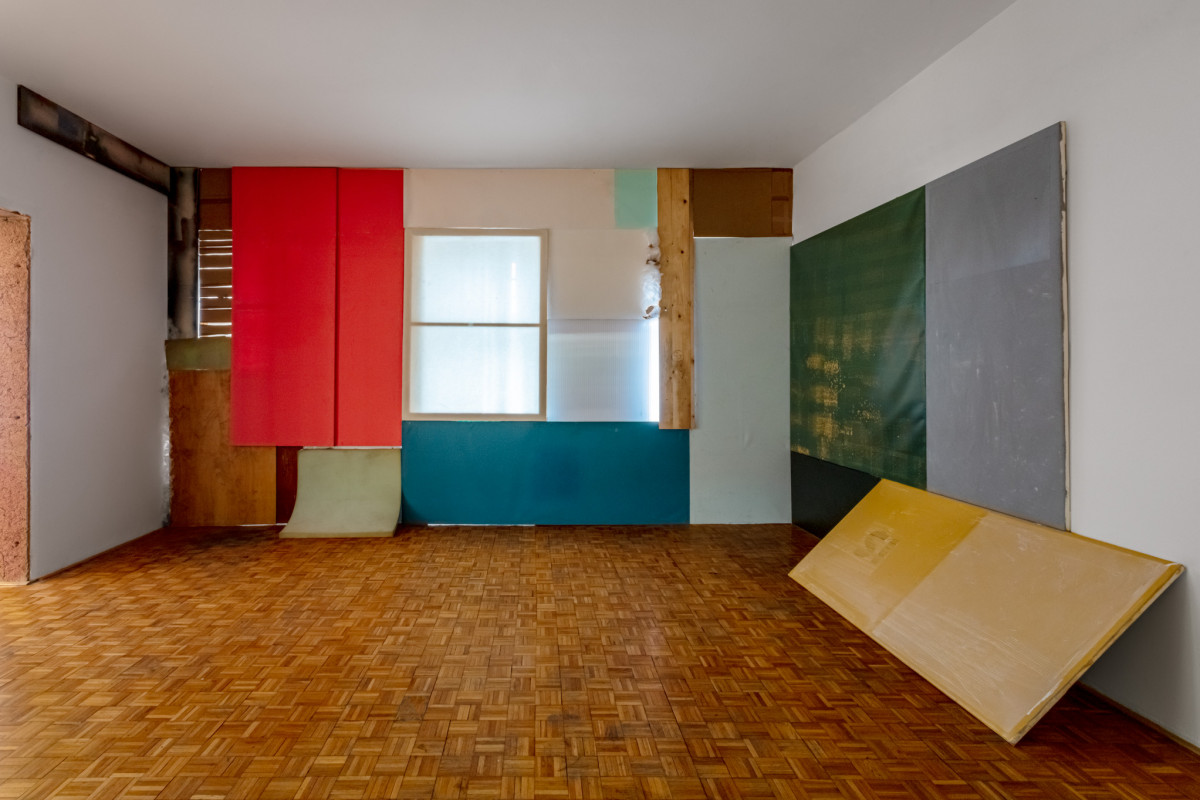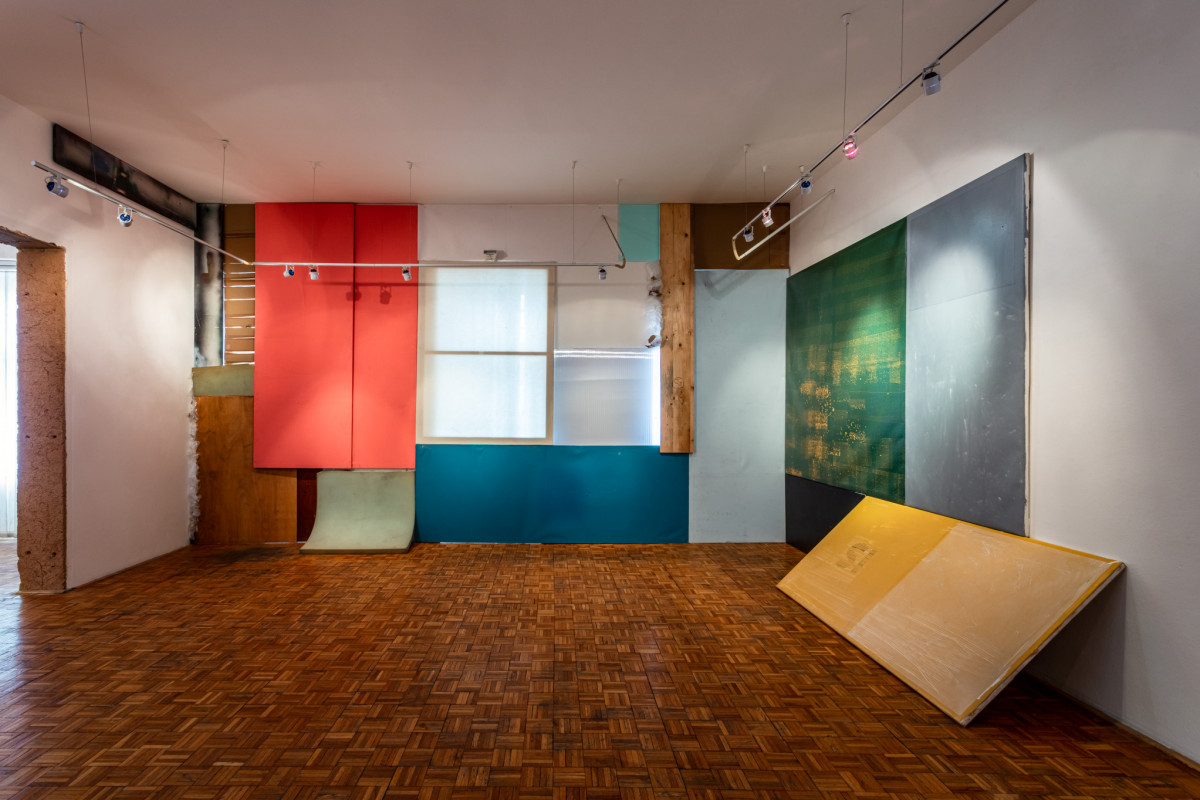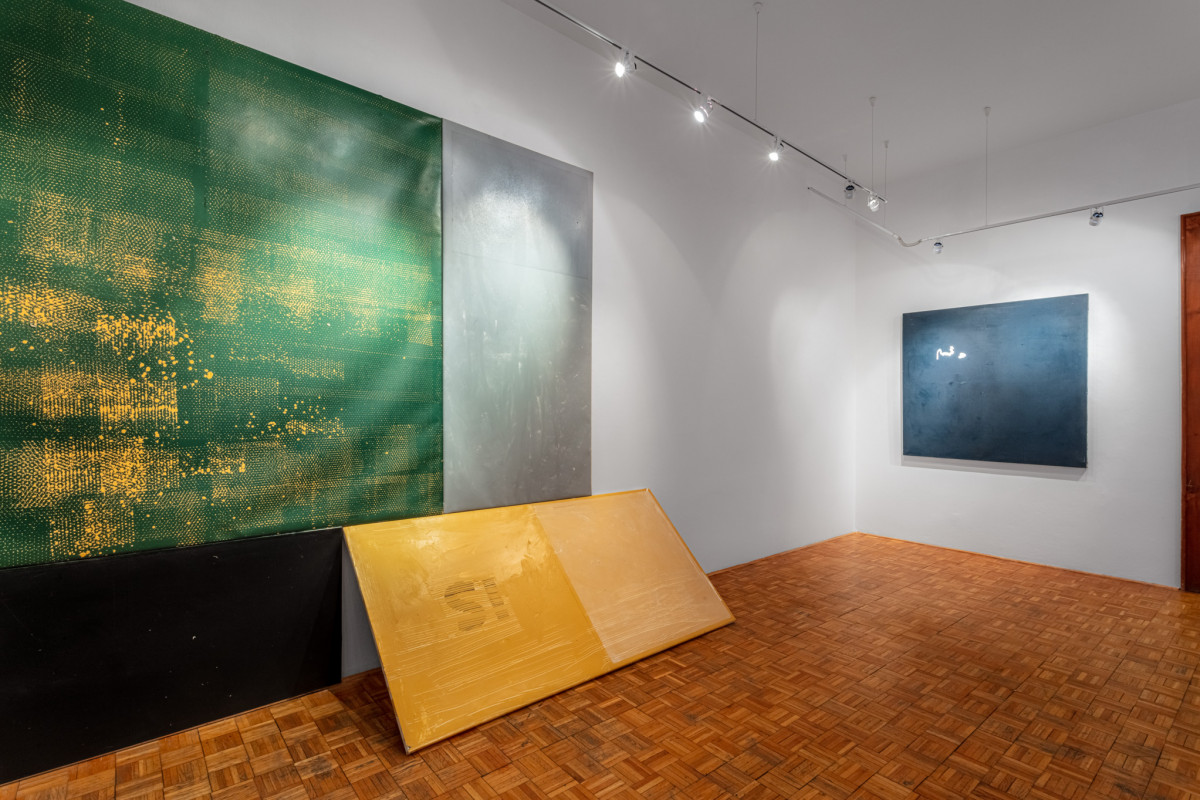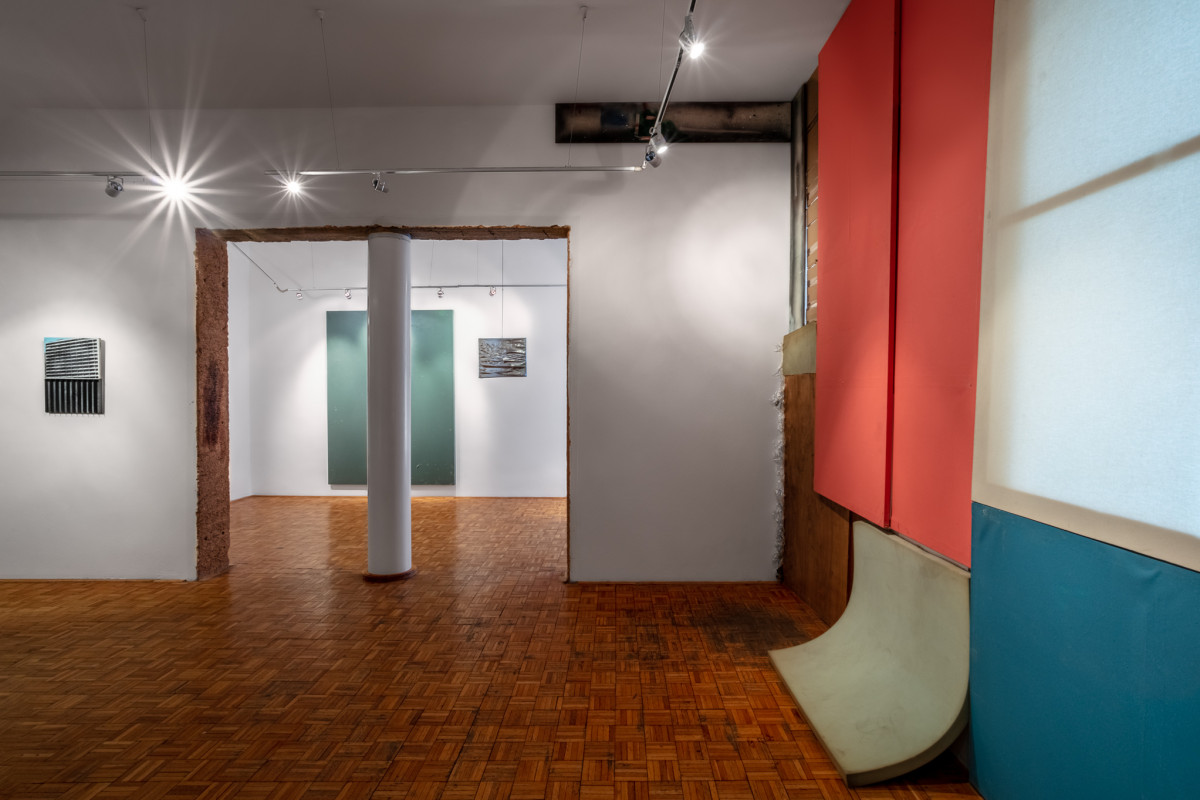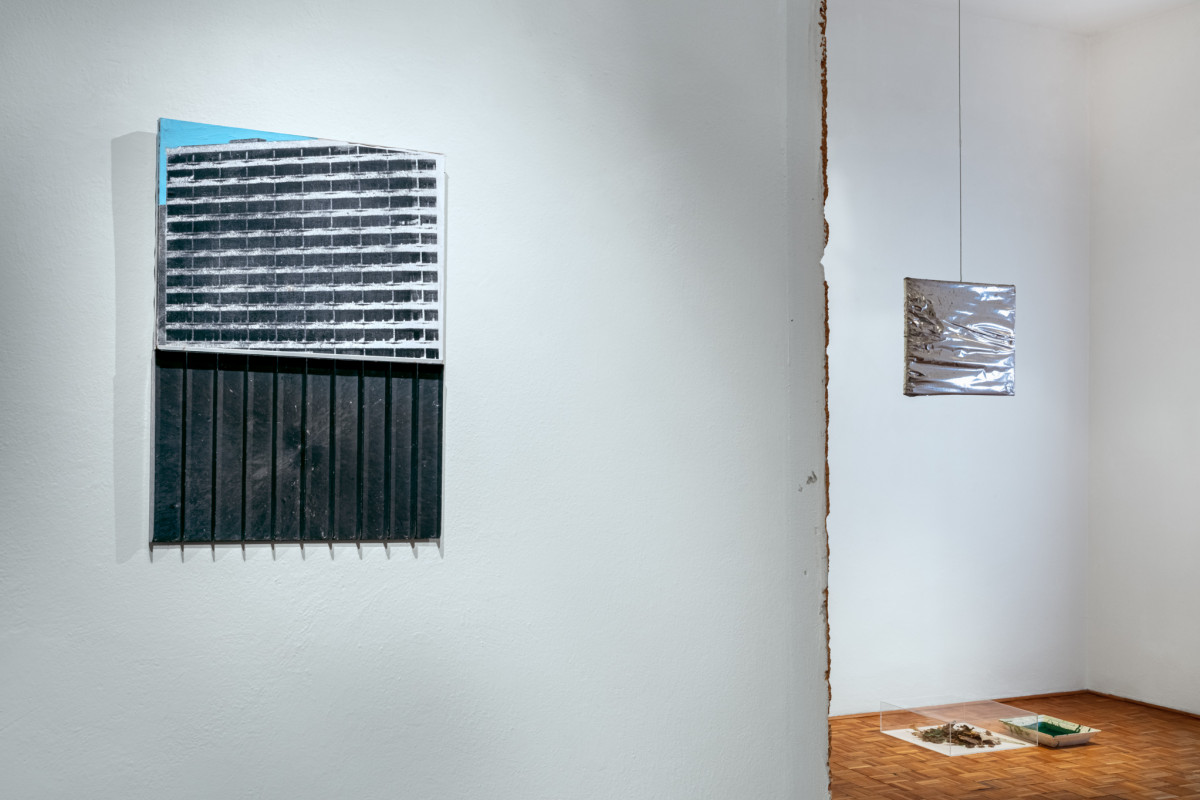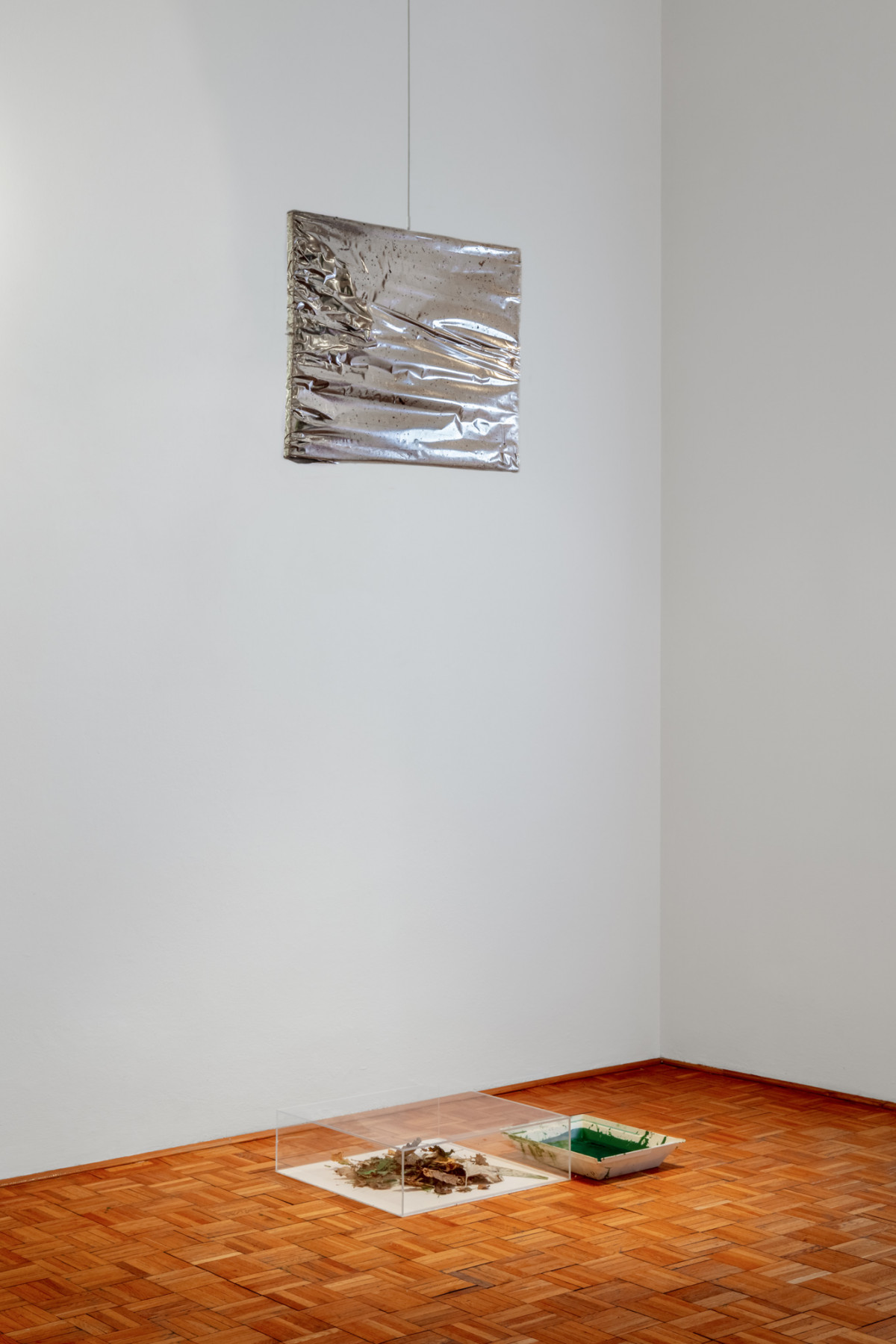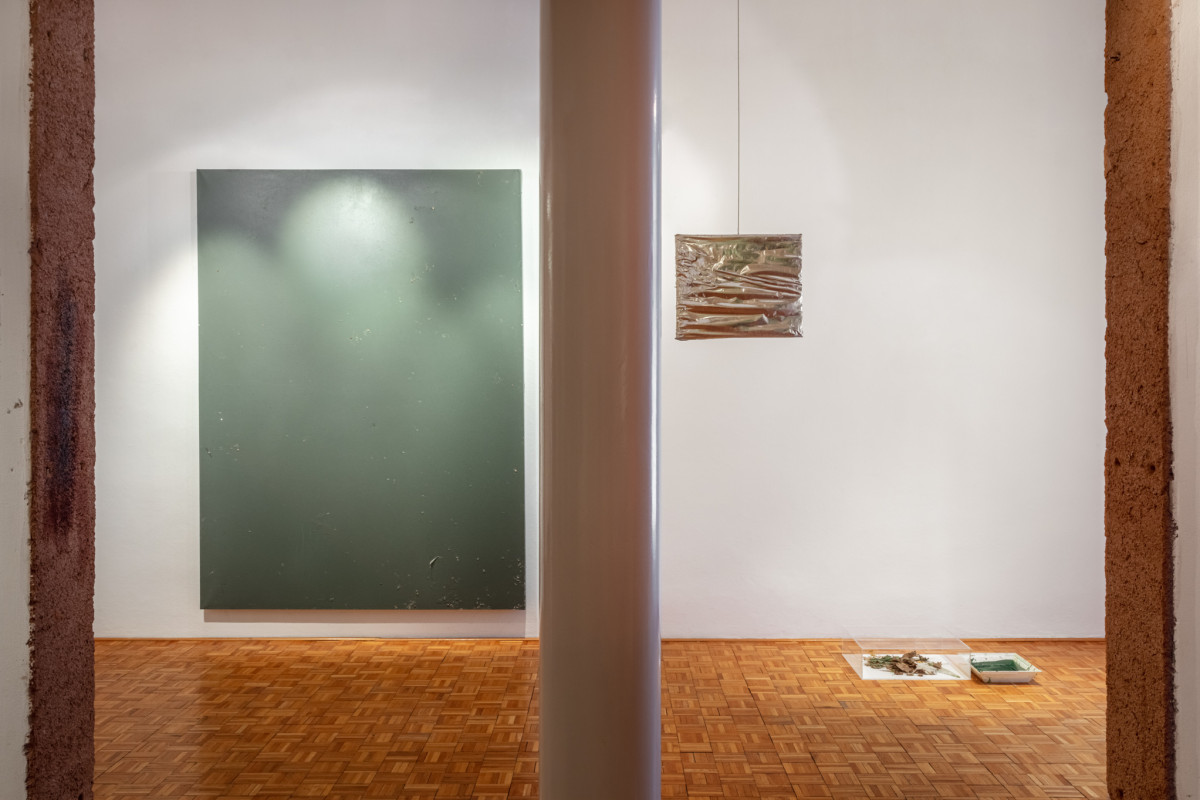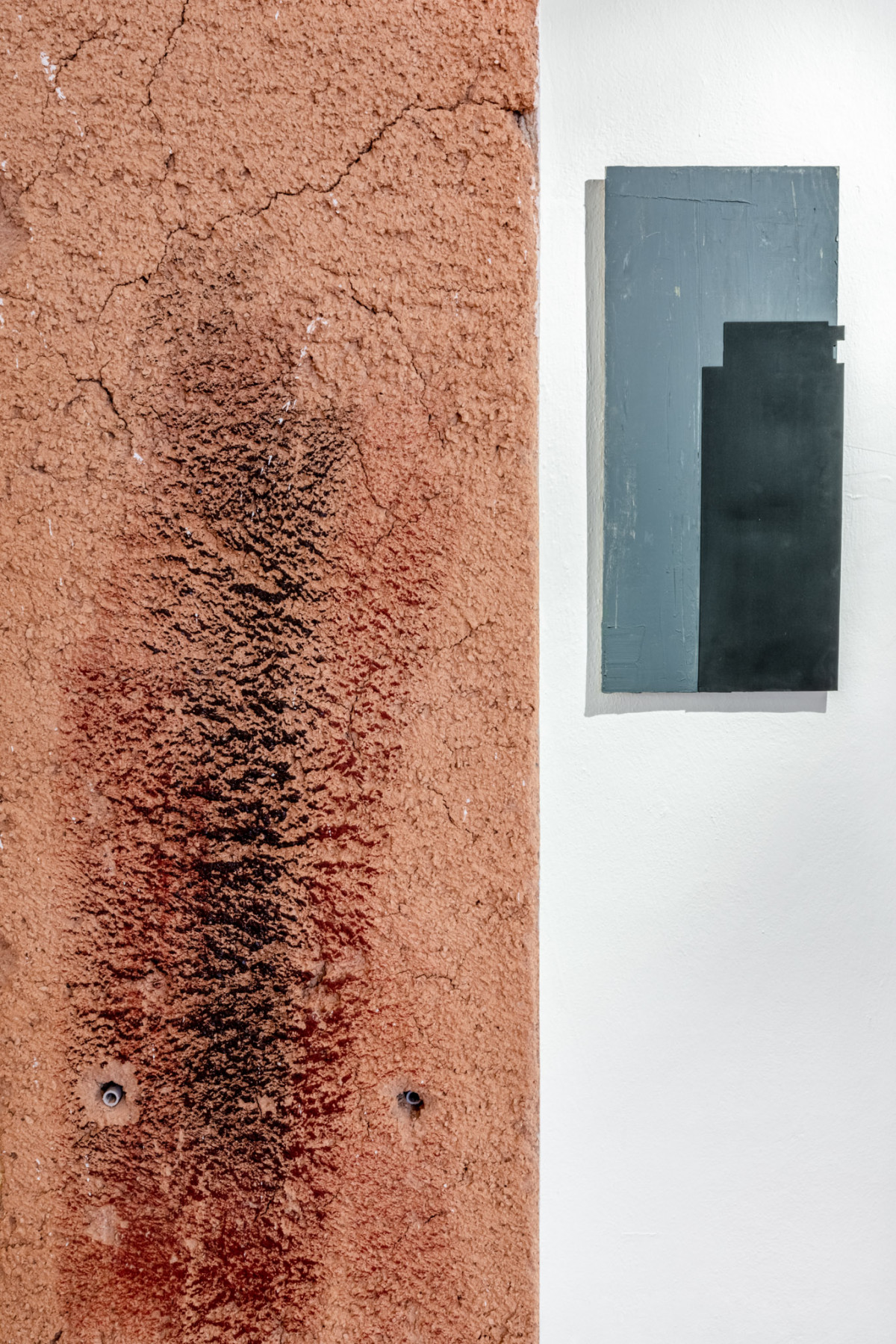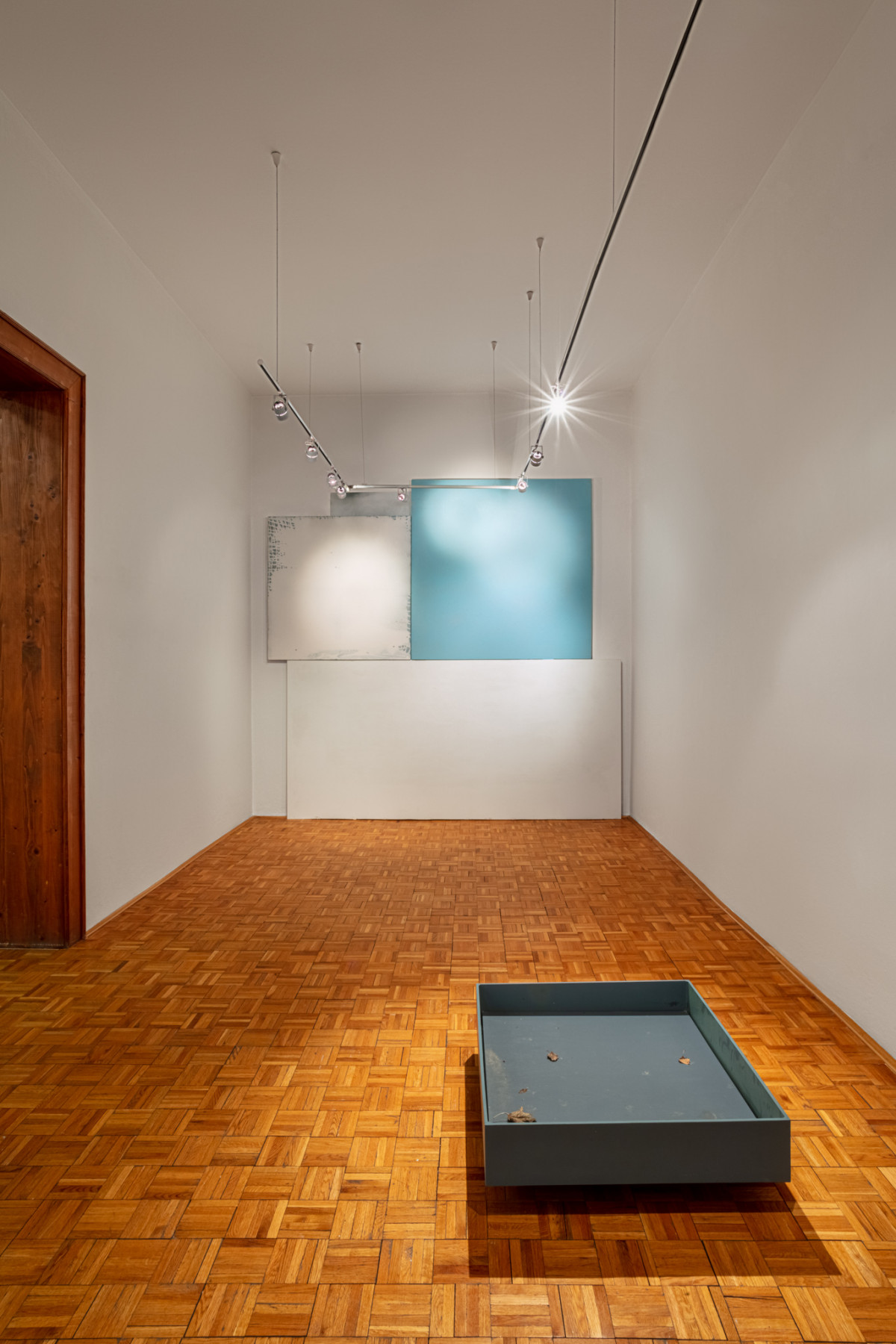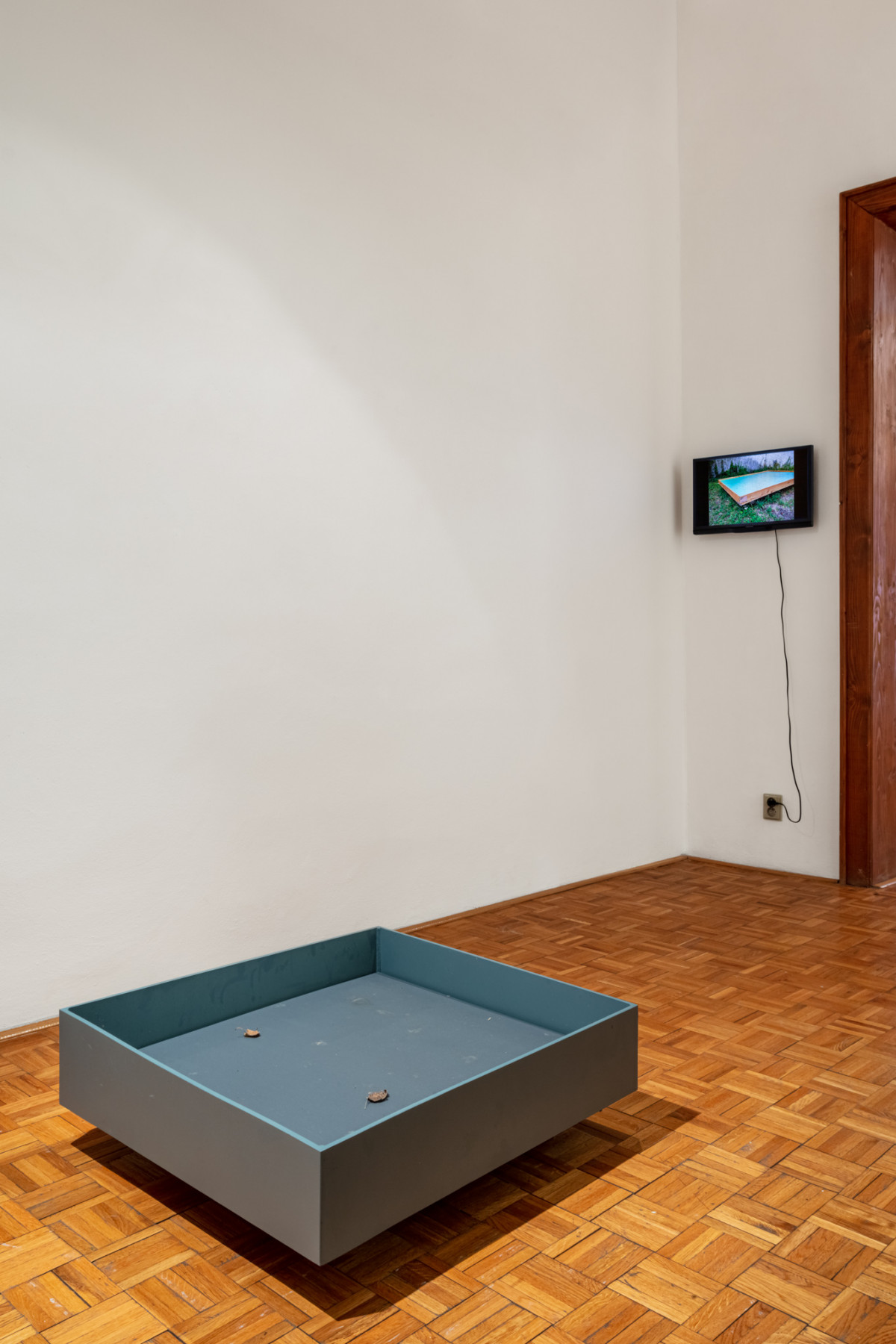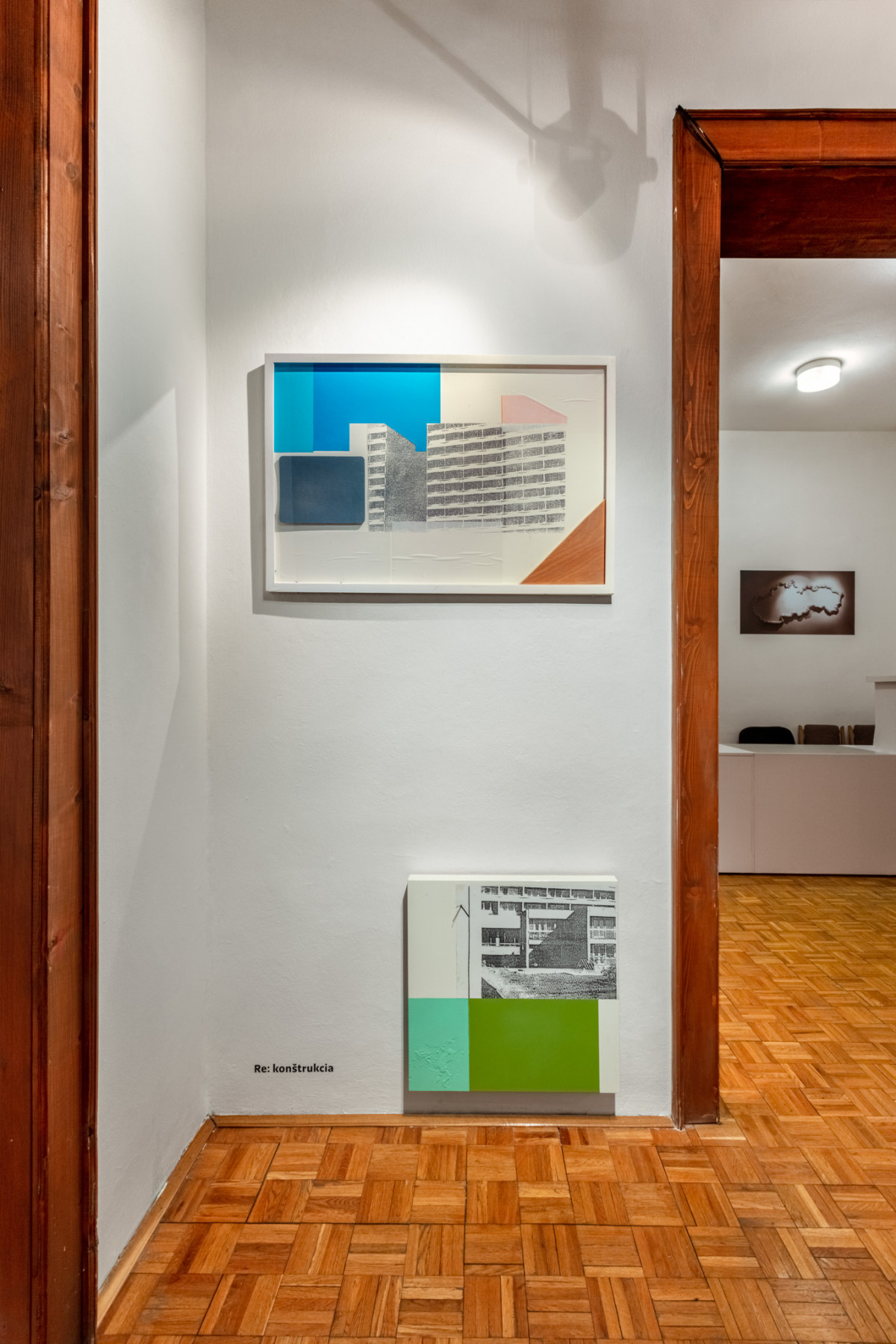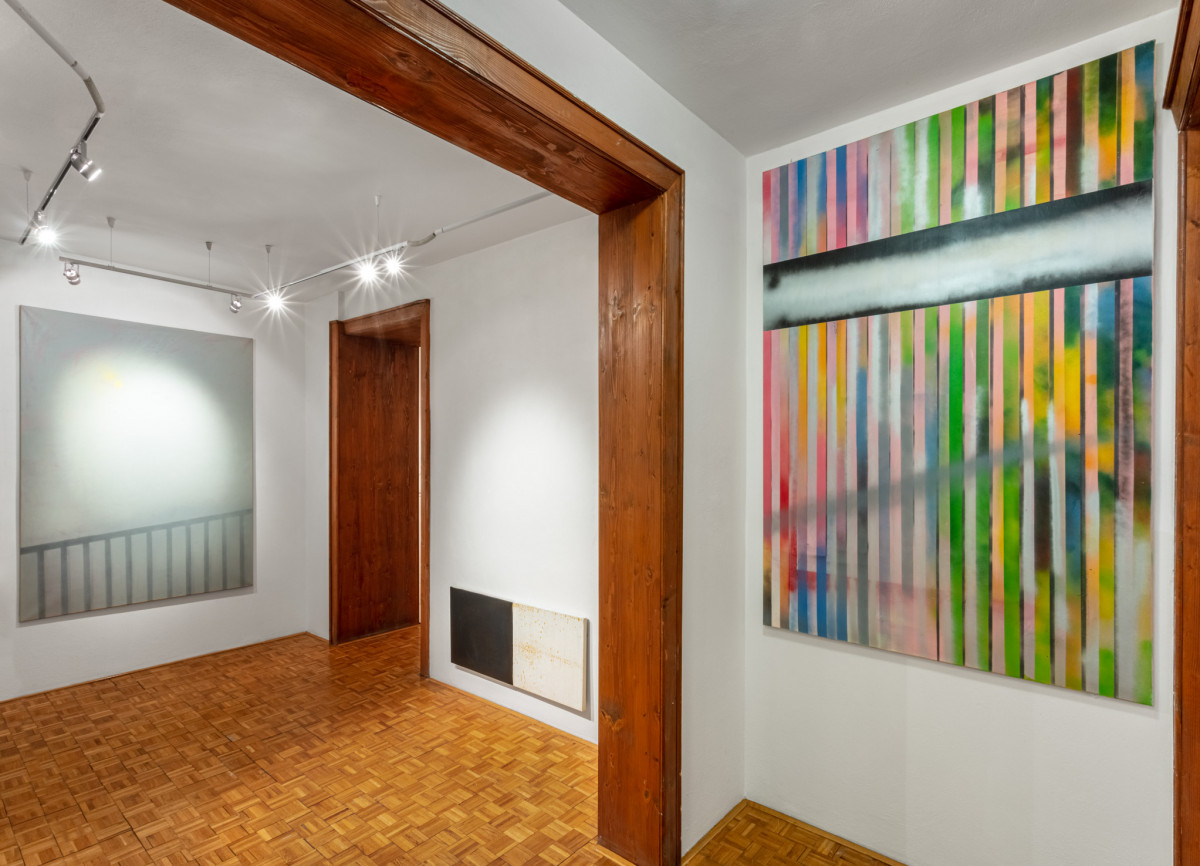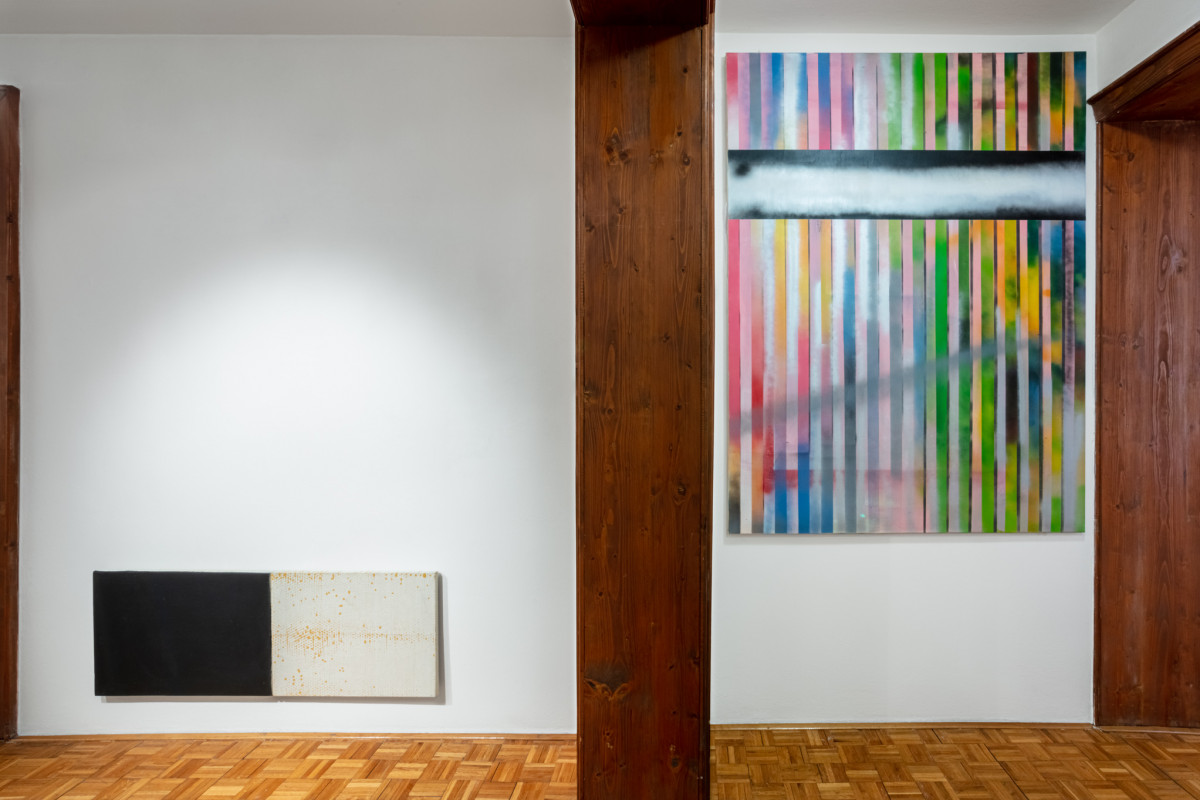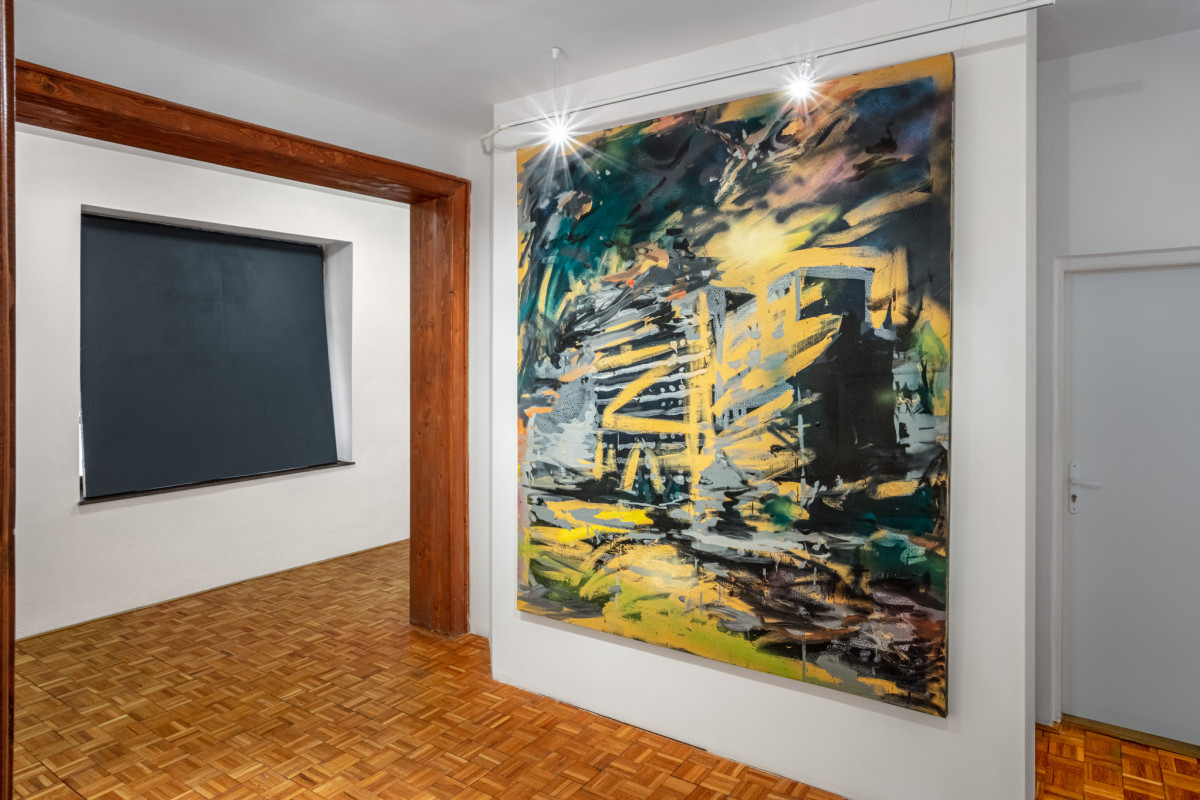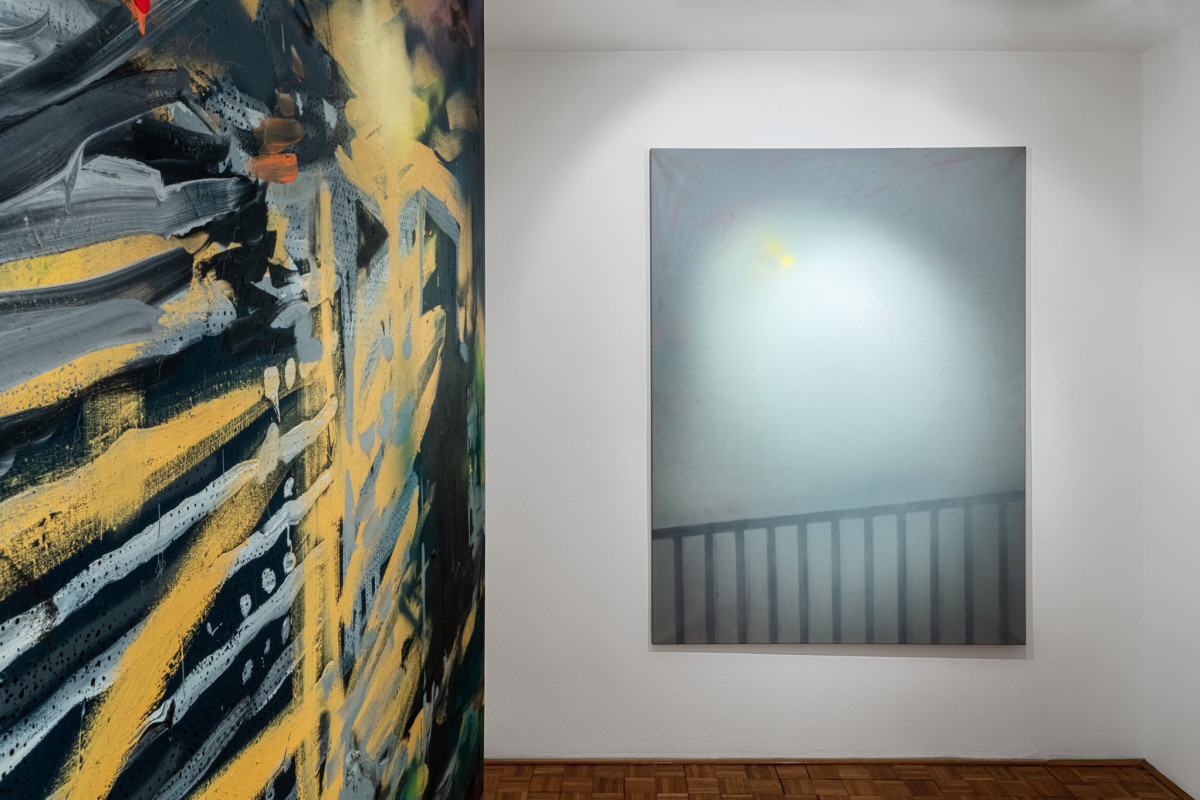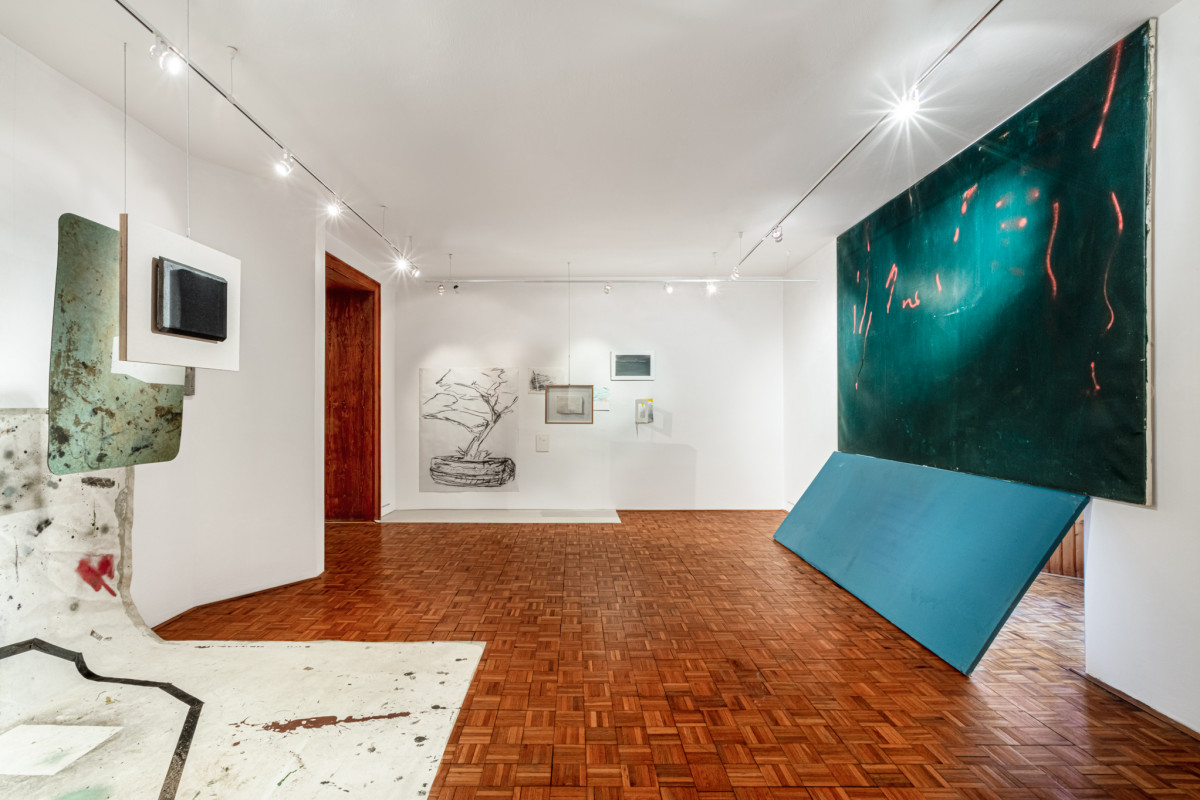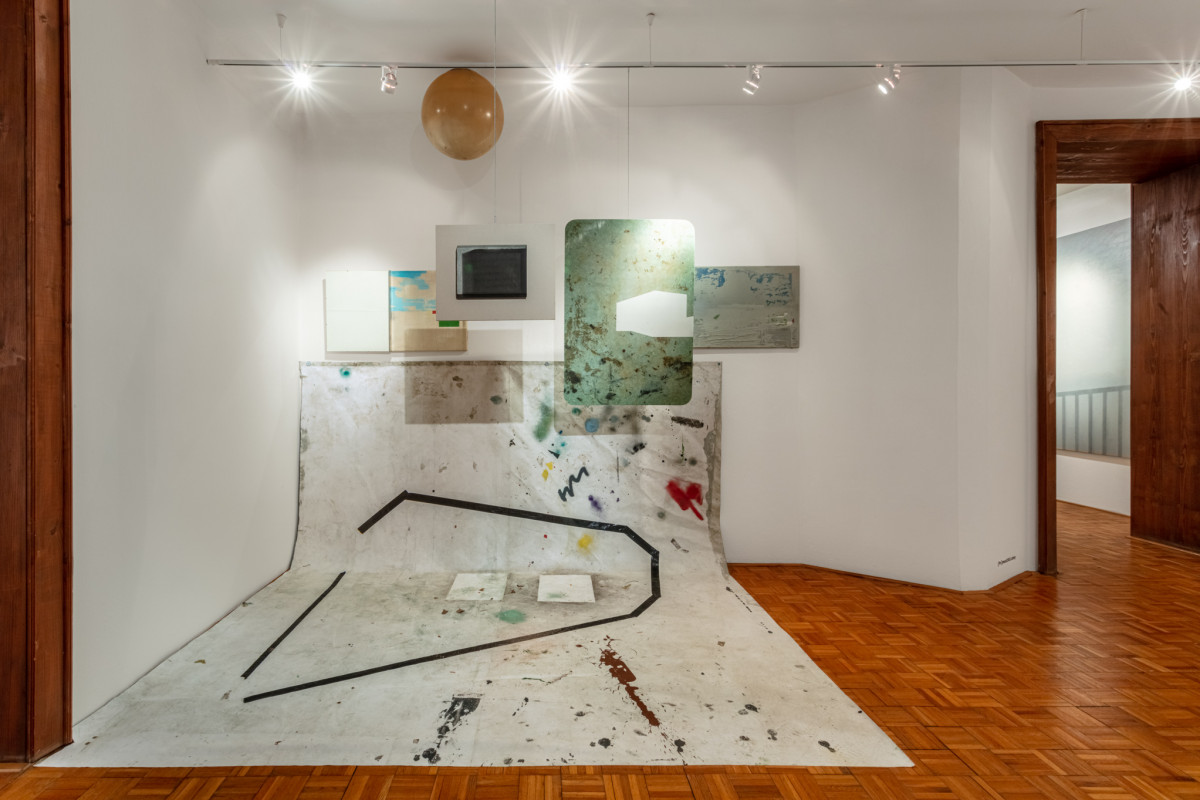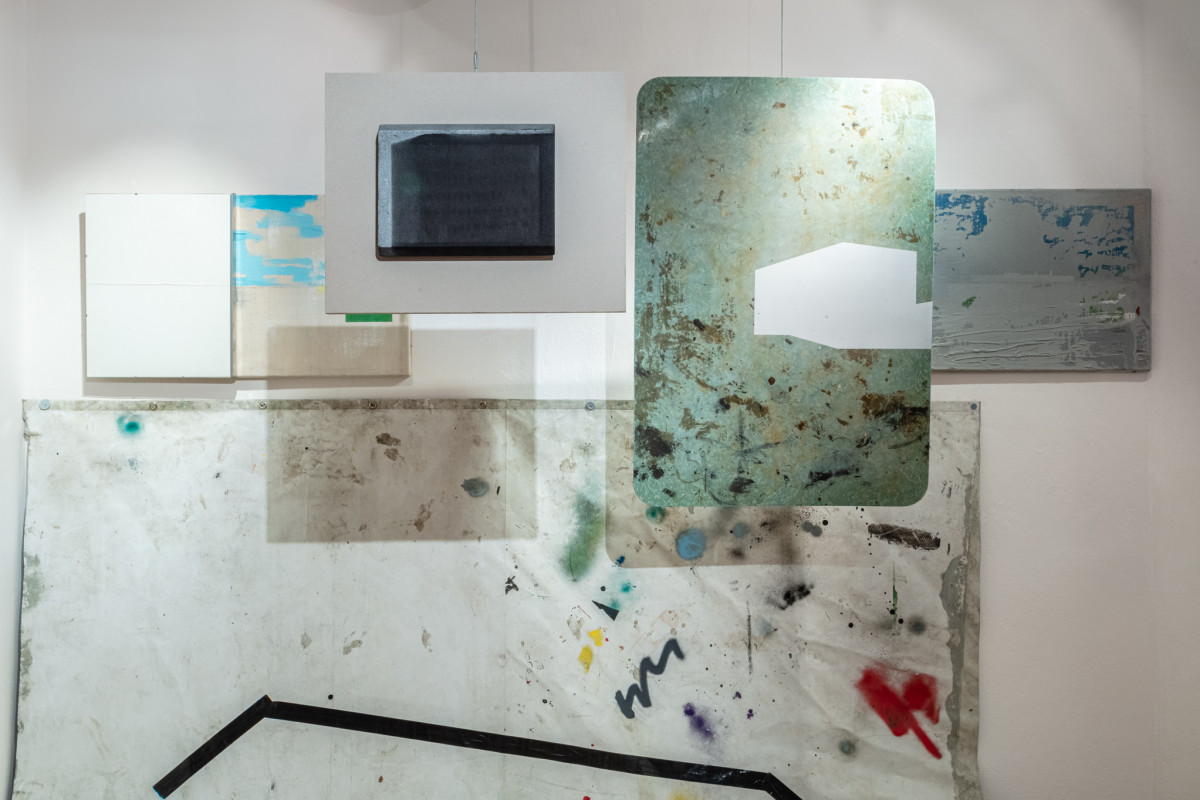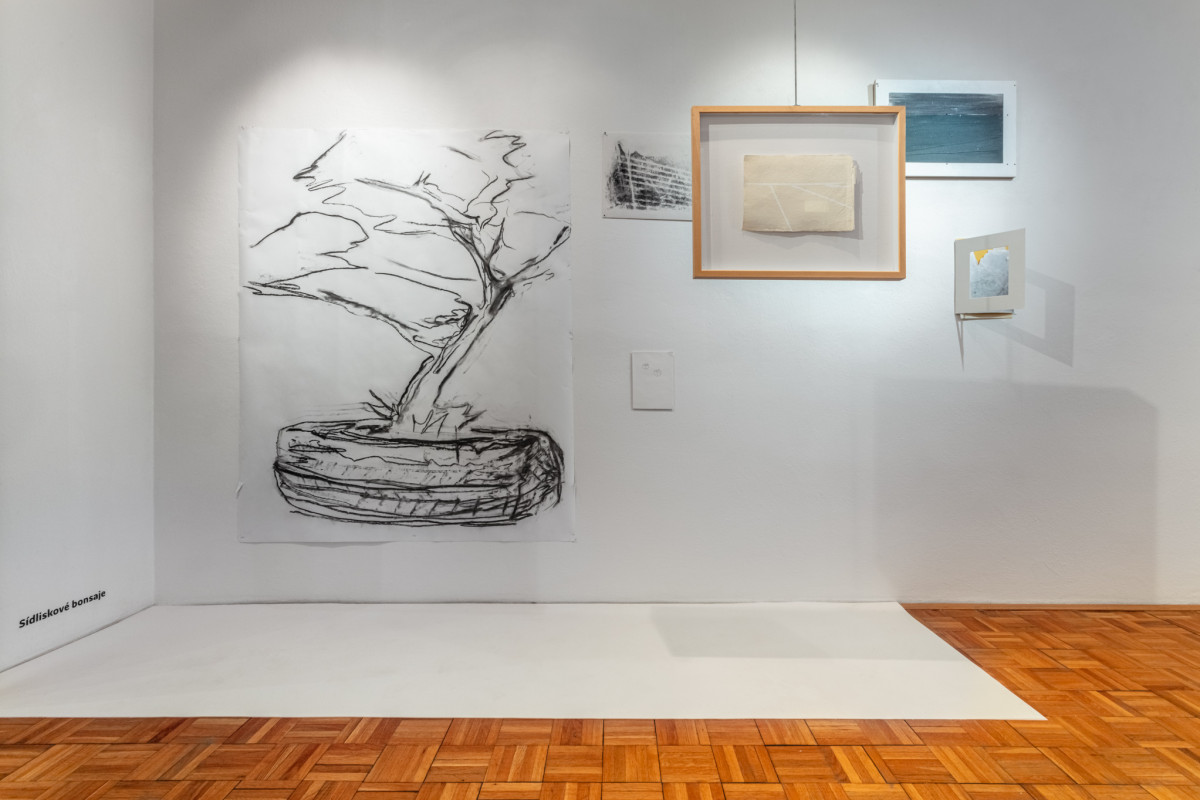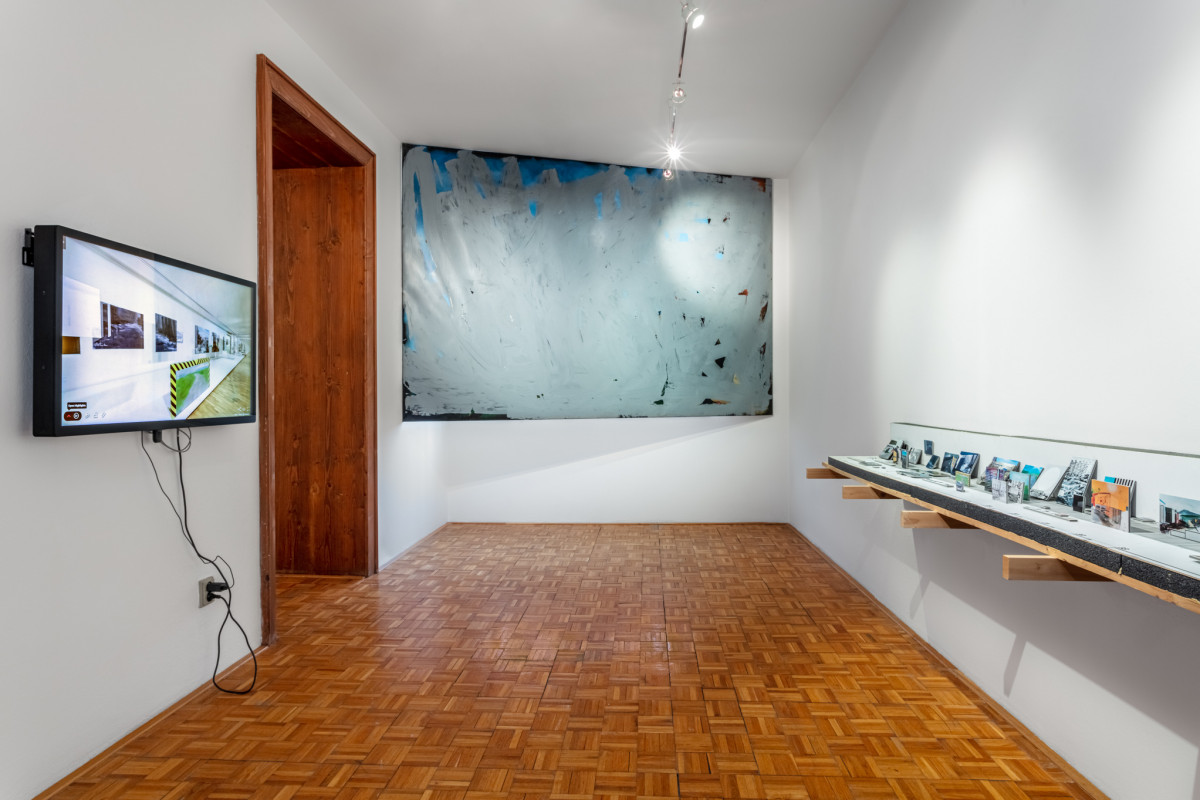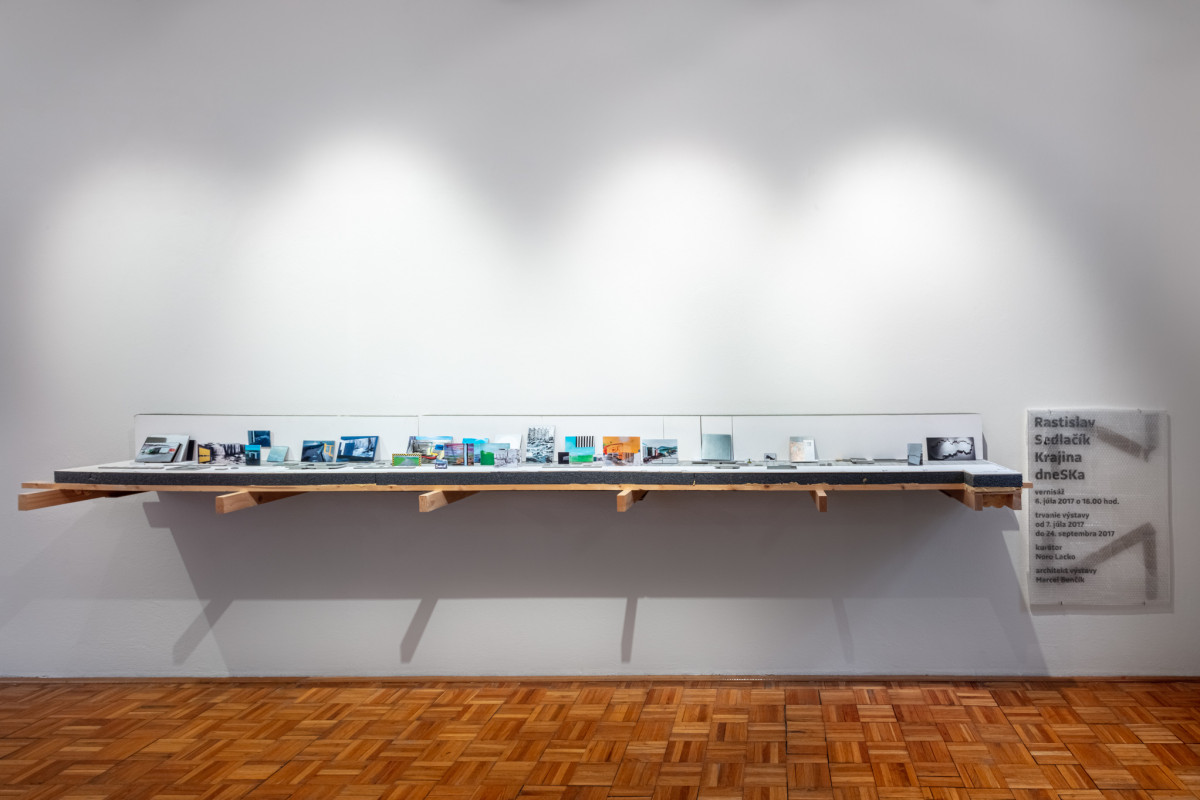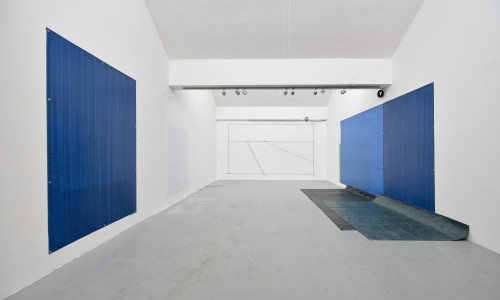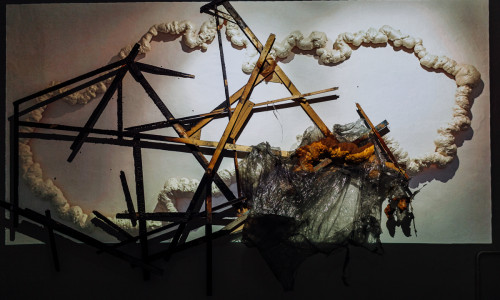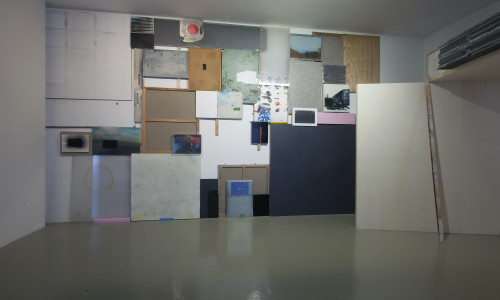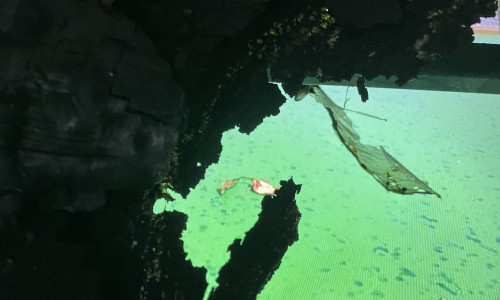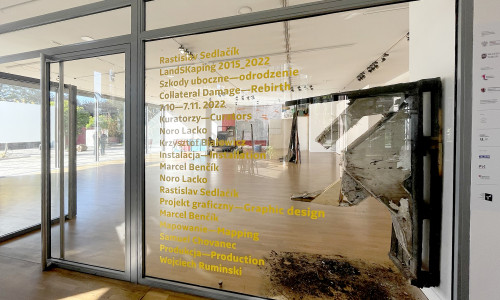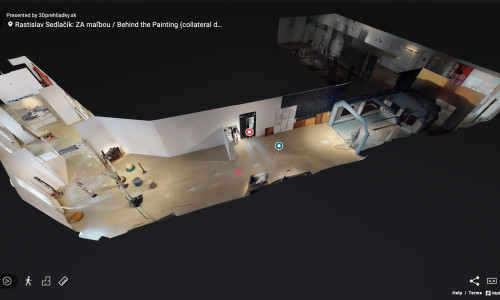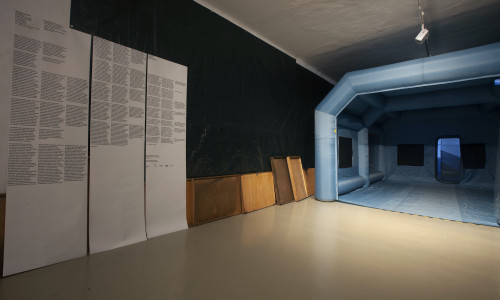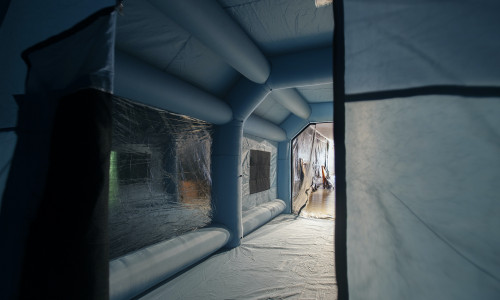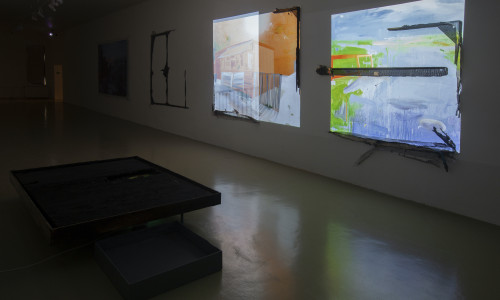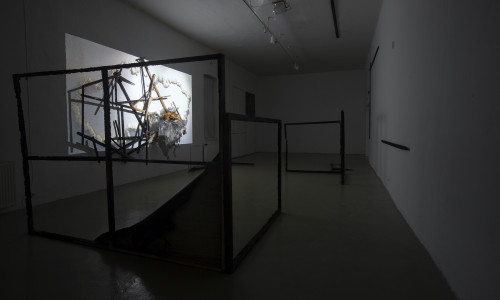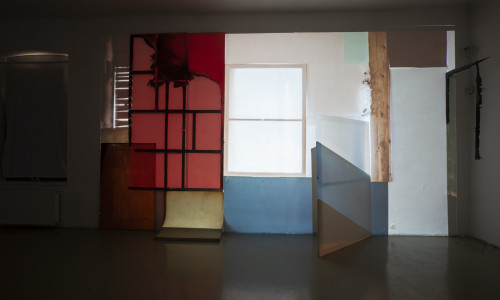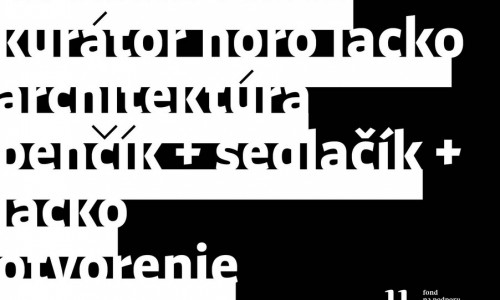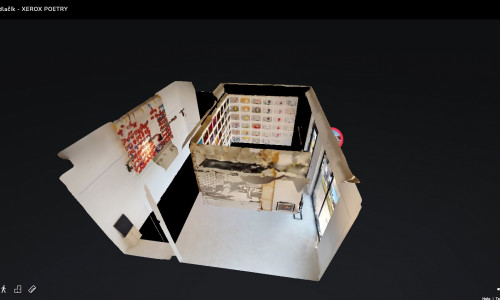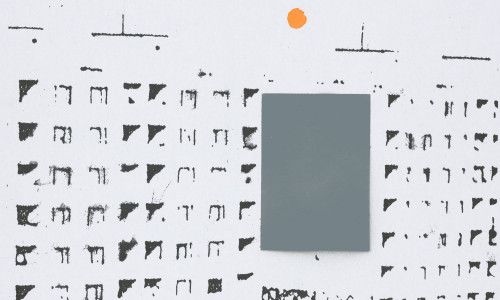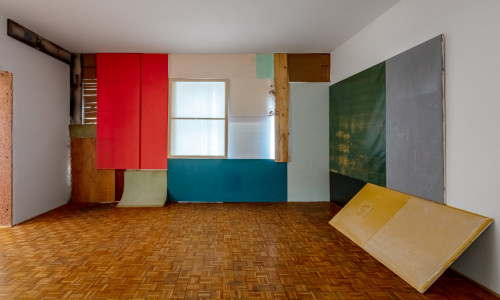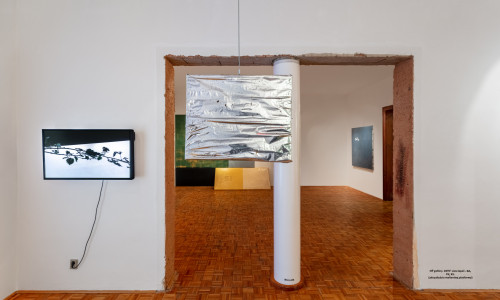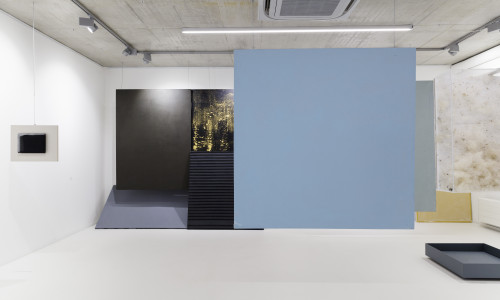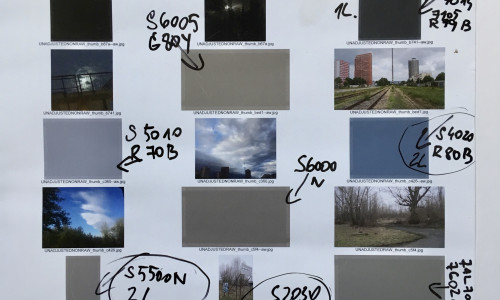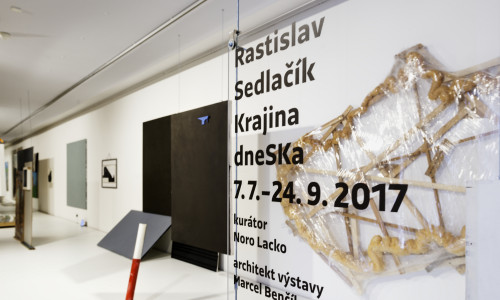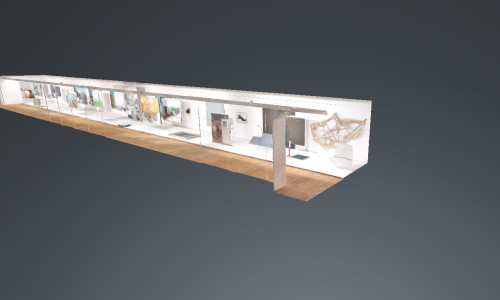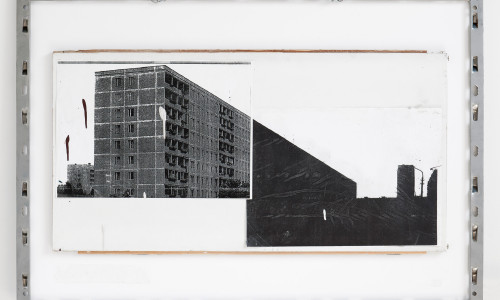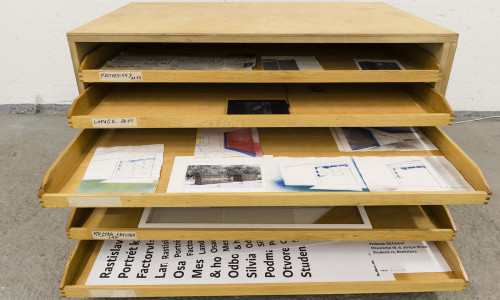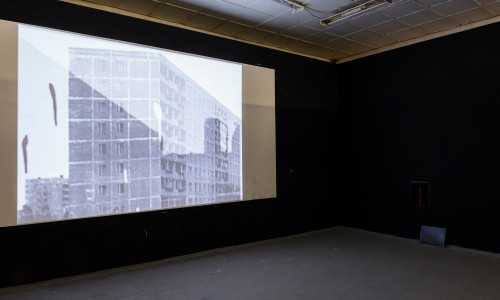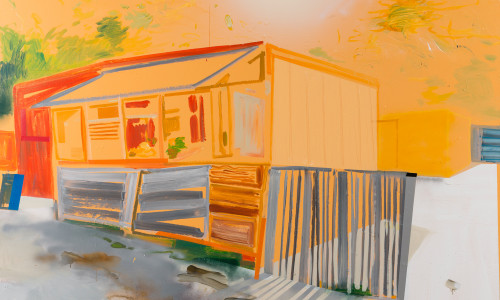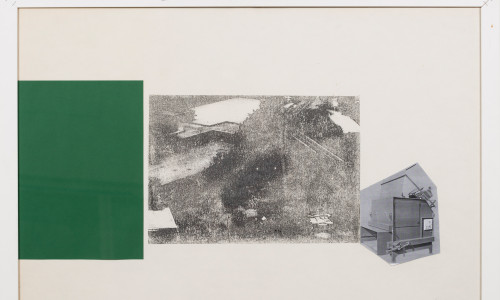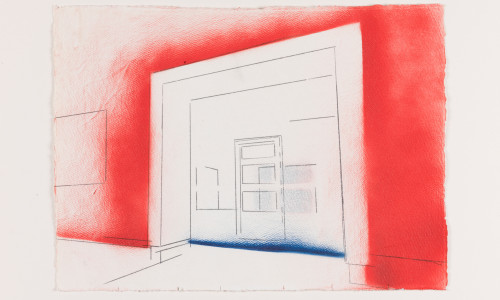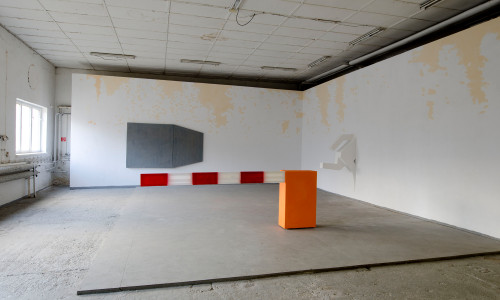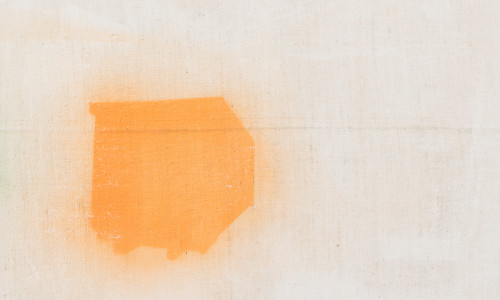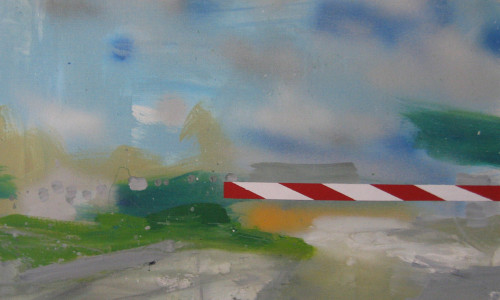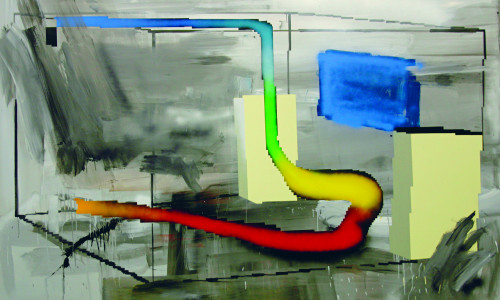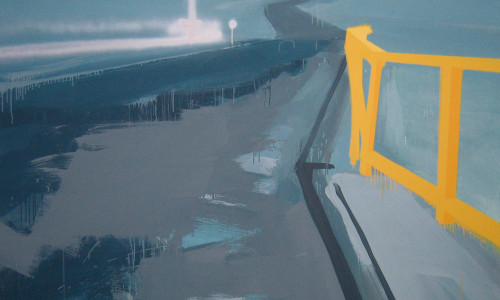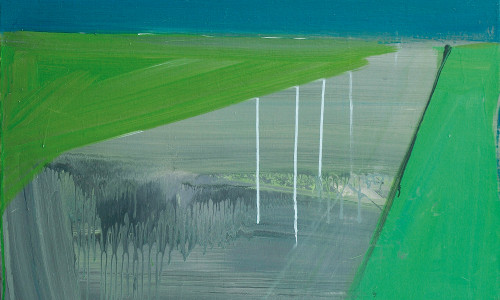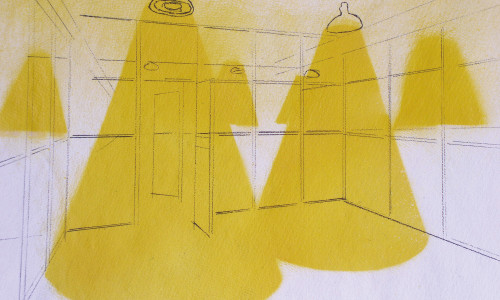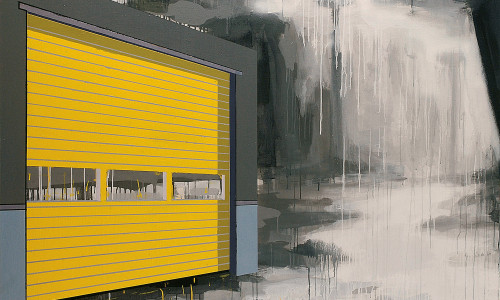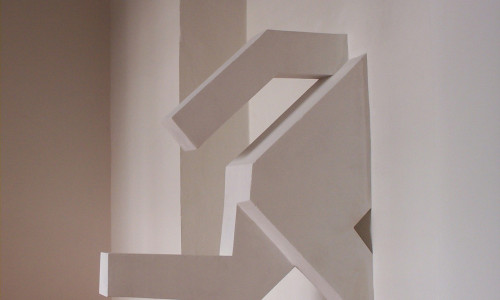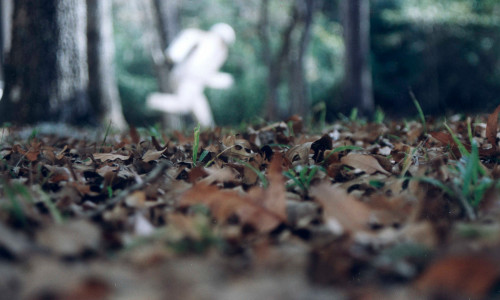18192020
Rastislav Sedlacik
mix media
foto Vlado Eliáš
2020
Rastislav Sedlačík 18192020
City Gallery Rimavská Sobota, Hlavné námestie 5, Rimavská Sobota
Exhibition dates: 1. 2. 2020 – 13. 3. 2020
Opening: 31. 1. 2020 o 17:00
Curator: Norbert Lacko
The mysterious name 1718192020 of the upcoming exhibition of Rastislav Sedlačík is not so difficult to decipher after all: the number series translated from Sedlačík-speak into more standardized language is an indication of the dates of works of art, i.e., information about their origin during the years 2017 to 2020, whose selection and exhibition reinstallation we are currently preparing for you in the premises of the City Gallery in Rimavská Sobota.
The preferred medium of Rastlav Sedlačík's artwork is, or originally was, painting. However, the expansion of painting into other media is also becoming more and more significant. At first, they were intentional, artificially created objects and object supplements of the hanging image as ironic, exaggerated and grotesque-monstrous imitations of fragments of urban landscape and industrial architecture. Later, post-products appeared in his repertoire, i.e., assemblages and collages of secondary, recycled, and found visual and object materials, but especially materials created as studio waste during other Rastislav's artistic activities – created from an excess of creative playful energy and a bit friendly childish innocent hooliganism, which belongs to Sedlačík's work and which suits it. The current exhibition adds three new program elements of completely different orders. The first is The Catchers as works of almost uncontrolled chance, the main co-author of which is the city's environment. The second is engineeringly planned, but accidentally calculating - architectural re-constructions and pre-constructions of gallery spaces and exhibition installations, whose main co-author is graphic designer and architect of Sedláčík's exhibitions Marcel Benčík, with working contributions in recent years with the stable cooperating curator Noro Lacko. The third is a completely new cycle of large-format drawings – still-lifes called Settlement Bonsai, whose main co-authors are anonymous urban DIYers - beauticians, masters of small urban architecture, post-industrial ikebana arrangers and virtuoso minimalist urban interventions with an excess of creative energy (which is well understood by Sedláčik) or, in an urgent need to make the movement through the urban landscape more pleasant for oneself and fellow citizens, creating compositions of ornamental plant life and various waste-second-hand objects, such as used tires.
The starting point and, in addition to all the changes, a stable element of Rastislav Sedlačík's artwork lies in the programmatic commenting on the possibilities of our visual experience with the landscape, and the possibilities of artistic manipulation with a possible image of our visual experience of the landscape. In recent years, the emphasis of Sedlačík's work has shifted significantly from plein air, memory or structurally imagined landscape recording to complex polyphonic dialogue of various processes creating a possible image of our landscape visual experience - from landscape image recording to process recording and process manipulation.
This dialogue includes such variables as the visual art tradition of landscape painting, popular shared notions of landscape painting, spontaneity-driven ingenuity of untrained domestic DIYers, voracious developmental amusement, but also a significant daily oscillation of accidental and legitimate natural and social processes emitting the growth and degradation, beginning and ending. The key here is the perspective of a city pedestrian who is attracted to the periphery and who discovers the periphery even when we are prone to overlook it. The landscape constructions of Sedlačík's paintings and object constellations are located on the periphery, at the point of adhesion and interlocking of the edges of civil/urban and natural. Although they are seen from a human position, they evoke the feeling of something, which has escaped from a person but is not for him or no longer needs him. In Sedalčík's painting and most of the post-product realizations, the landscape is an image of good-natured visual fascination, building prefabricated products of engineering planning, bricolages of domestic masters and the natural spontaneity of organic chaos of new wilderness emerging in the gaps. The view of the painting and most of the postproduction realisation are composed from the perspective of the human, sensorimotor body scheme, which is present in the city, but only temporarily – in transit – because it is directed outwards. Instead of our presence in the landscape, it is the landscape present in our point of view. The principle of image construction and its logic is quite simple: the urban element of civilization – a fragment of architecture – collides with the natural landscape. Abstracted geometric lines and regular rhythmic areas are confronted with abstracted spontaneous amorphous natural elements. A plan, a rule, or an order meets a coincidence. The container cuts the horizon line, the hangar door frames the view of the suburban steppe – this is Sedlačík's image of the landscape.
The same logic governs the selection of artwork steps and techniques of this visual experience. Precise architectural elements sprayed or engineered throughout the template are adjacent to the manipulated randomness of organic brush strokes and the chaos of colour splatters. Postproduction realisation bring around new opportunities. Gradually, with the increasing realizations, Sedlačík relaxes and more and more indulges in a game of chance that thwarts the plan: the moment of the idea, the secondary use of studio waste (post-product) and the moment of wit, as extending the line of escape before the rule or ban. He enjoys inventing (impossible) authoring techniques.
Here a new fascination with the literal imprint appears. If his painting could be metaphorically understood as an imprint of a possible visual experience of the country - then this new fascination moves the metaphor into a technical approach from the fascination with unique mistakes in graphic printing to manipulated and completed xerocopies. From xerocopy to a rather ironically literal understanding of "plein air" painting as what it "captures". Painting as The Catcher, paint as an adhesive fixing accidental dirt and pollen fall. It is no longer a painting of a possible view of the landscape, or a painting in the open air, a free landscape, but a painting with a landscape and a painting with the open air.
In contrast to this uncontrollable dusty coincidence of the catchers, Sedlačík's latest challenges are the work of laborious planning of the design and installation transformation of a set of works of art and a disparate gallery space into one comprehensive visual-spatial work.
Noro Lacko
Rastislav Sedlačík 18192020
Mestská galéria Rimavská Sobota, Hlavné námestie 5, Rimavská Sobota
Trvanie výstavy: 1. 2. 2020 – 13. 3. 2020
Vernisáž: 31. 1. 2020 o 17:00
Kurátor: Norbert Lacko
Záhadný názov 1718192020 pripravovanej výstavy Rastislava Sedlačíka nie je napokon také ťažké rozlúštiť: číselný rad v preklade zo sedlačíkovštiny do štandardizovanejšej reči predstavuje údaj o vročení výtvarných prác, teda údaj o ich vzniku v priebehu rokov 2017 až 2020, ktorých výber a výstavnú reinštaláciu pre Vás aktuálne v priestoroch v Mestkej galérie v Rimavskej Sobote pripravujeme.
Preferovaným médiom výtvarnej práce Rastilava Sedlačíka je, respektíve pôvodne bola maľba, no čoraz výraznejšími a dôležitejšími sa stávajú aj expanzie maľby do iných médií. Najsamprv to boli intencionálne, umelo vytvárané objekty a objektové suplementy závesného obrazu ako ironické, zveličujúce a groteskno-obludné nápodoby fragmentov mestskej krajiny a industriálnej architektúry. Neskôr sa v jeho repertoári objavili postprodukty, čiže asambláže a koláže druhotne, recyklačne spracovaných, nájdených vizuálnych a objektových materiálov, no najmä materiálov vzniknutých ako ateliérový odpad pri iných Rasťových výtvarných aktivitách, vytvárané z nadbytku tvorivej hravej energie a tak trochu aj prívetivého detsky nevinného chuligánstva, ktoré k Sedlačíkovej tvorbe patrí a ktoré jej pristane. Najnovšie k nim pridáva tri nové programové prvky úplne odlišných rádov. Prvým sú lapače ako diela takmer neriadenej náhody, ktorých zásadným spoluautorom je environment mesta. Druhým sú inžiniersky plánované, ale s náhodou kalkulujúce – architektonické re-konštrukcie a pre-konštrukcie galerijných priestorov a výstavných inštalácií, ktorých zásadným spoluautorom je grafický dizajnér a architekt Sedlačíkových výstav Marcel Benčík, s pracovným prispením v posledných rokoch už s dvojicou Sedlačík – Benčík stabilne spolupracujúceho kurátora Nora Lacka. Tretím je celkom nový cyklus veľkoformátových kresieb – zátiší s názvom Sídliskové bonsaje, ktorých zásadnými spoluautormi sú anonymný mestský kutilovia – skrášľovači, majstri drobnej mestskej architektúry, aranžéri postindustriálnych ikeban a virtuózi minimalistických urbanistických zásahov z prebytku tvorivej energie (ktorej Sedlačík veľmi dobre rozumie) a/alebo v nástojčivej potrebe spríjemniť sebe a spoluobyvateľom pohyb mestskou krajinou vytvárajúci kompozície okrasnej kveteny a rozličných odpadových – druhotne použitých objektov, napríklad ojazdených pneumatík.
Východisko a popri všetkých premenách aj stabilný prvok výtvarnej práce Rastislava Sedlačíka spočíva v programovom komentovaní možnosti našej vizuálnej skúsenosti s krajinou a možnosti výtvarnej manipulácie s možným obrazom našej vizuálnej skúsenosti krajiny. Dôraz Sedlačíkovej práce sa v posledných rokoch výrazne presúva od plenérového alebo pamäťového či konštrukčne imaginovaného záznamu krajiny k zložitému polyfonickému dialógu rozličných procesov vytvárajúcich možný obraz našej vizuálnej skúsenosti krajiny – teda od záznamu obrazu krajiny k záznamu procesu a manipulácii s procesom, ktorým obraz krajiny vzniká. Do tohto dialógu vstupujú také veličiny ako výtvarne umelecká tradícia krajinomaľby, populárne zdieľané predstavy o obraze krajiny, spontaneitou riadená vynaliezavosť neškolených domácich šikovníkov, žravá developerská amúzickosť, ale aj nezanedbateľná každodenná oscilácia náhodných a zákonitých prírodných či sociálnych procesov emitujúca rast a degradáciu, vznikanie a zanikanie. Kľúčová je tu perspektíva mestského chodca, ktorý je priťahovaný perifériou a ktorý objavuje perifériu aj tam, kde sme ju skôr náchylní prehliadať.
Krajinné konštrukty Sedlačíkových obrazov a objektových konštelácií sú umiestnené na periférii, na mieste priľnutia a vzájomného zakliesnenia okrajov civilizačne-urbanného a prírodného. Sú síce videné z pozície človeka, ale vzbudzujú pocit niečoho, čo človeku ušlo, čo pre neho nie je, alebo to už nepotrebuje. V Sedlačíkovej maľbe a vo väčšej časti postproduktových realizácií je obraz krajiny obrazom dobromyseľnej vizuálnej fascinácie stavajúcej do vzájomného susedstva prefabrikátové produkty inžinierskeho plánovania, brikoláže drobných domácich majstrov a živelnú spontaneitu organického chaosu novej divočiny vznikajúcej v medzerách a na okrajoch mestskej zástavby. Pohľady maľbou a väčšou časťou postproduktových realizácií sú organizované z perspektívy ľudskej, senzomotorickej telesnej schémy, ktorá je prítomná v meste, ale len akosi prechodne, tranzitne. Namiesto našej prítomnosti v krajine je to krajina prítomná v našom zornom poli. Logika výstavby kompozície je vcelku jednoduchá: mestský civilizačný prvok, fragment architektúry, koliduje s prírodným krajinným prostredím. Abstrahované geometrické línie a pravidelné rytmizované plochy sú konfrontované s abstrahovanou spontánnou amorfnou živelnosťou organického. Plán, pravidlo alebo príkaz sa stretáva s náhodou. Kontajner rozčesol líniu horizontu, dvere hangára rámujú výhľad na prímestskú divočiacu step, to je sedlačíkovský obraz krajiny.
Rovnaká logika riadi aj výber postupov a techník Sedlačíkovej výtvarnej práce. Precízne cez šablónu nastriekané alebo inžiniersky výkresovo vykresľované architektonické prvky susedia s manipulovanou náhodnosťou organických ťahov štetca a chaosom stekancov farieb. Postproduktové realizácie prinášajú novú možnosť. Sedlačík sa uvoľňuje a čoraz viac oddáva hre s náhodou, ktorá prekazí alebo nahradí plán: okamihom nápadu, druhotným využívaním ateliérového odpadu a momentom vtipu ako predlžením línie úniku pred pravidlom či zákazom. Baví sa a uhýba disciplíne maľby vymýšľaním (ne)možných autorských techník. Tu sa objavuje nová fascinácia doslovnosťou odtlačku. Ak jeho maľba mohla byť metaforicky chápaná ako odtlačok možnej vizuálnej skúsenosti krajiny, tak nová fascinácia posúva túto metaforu do pozície technického prístupu: od hry s jedinečnými chybami v grafickej tlači, cez manipulovanú a dotváranú xerokópiu fotografických odtlačkov sídliskovej zástavby k celkom nezmyselnému, na hranicu možného posunutého a k ironicky doslovnému chápaniu „plenérovej“ maľby ako toho, čo „zachytáva“. Maľba ako lapač, náter ako lepidlo fixujúce náhodné nečistoty a spad peľu. Už nie maľba možného pohľadu na krajinu či maľba v plenéri, vo voľnej krajine, ale maľba krajinou a maľba plenérom.
V kontraste s touto nekontrolovateľnou prašnou náhodnosťou lapačov sú posledné Sedlačíkove výstavy dielom pracného plánovania konštruktérsko-inštalačnej transformácie súboru výtvarných prác a nesúrodého galerijného priestoru na jedno ucelené vizuálno-priestorové dielo.
Noro Lacko
